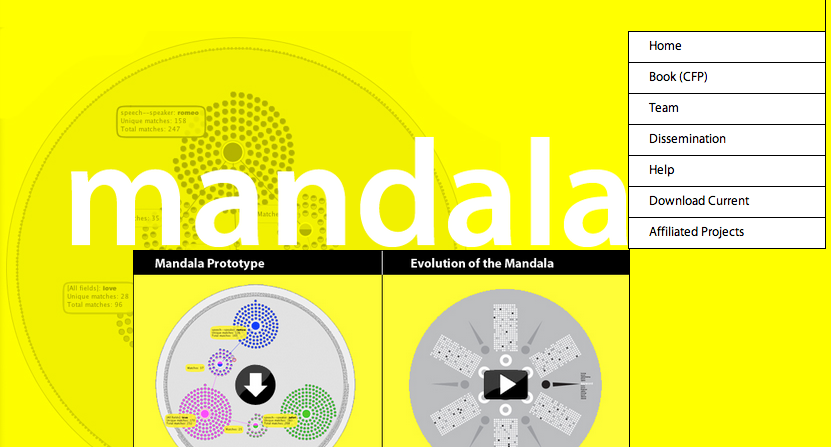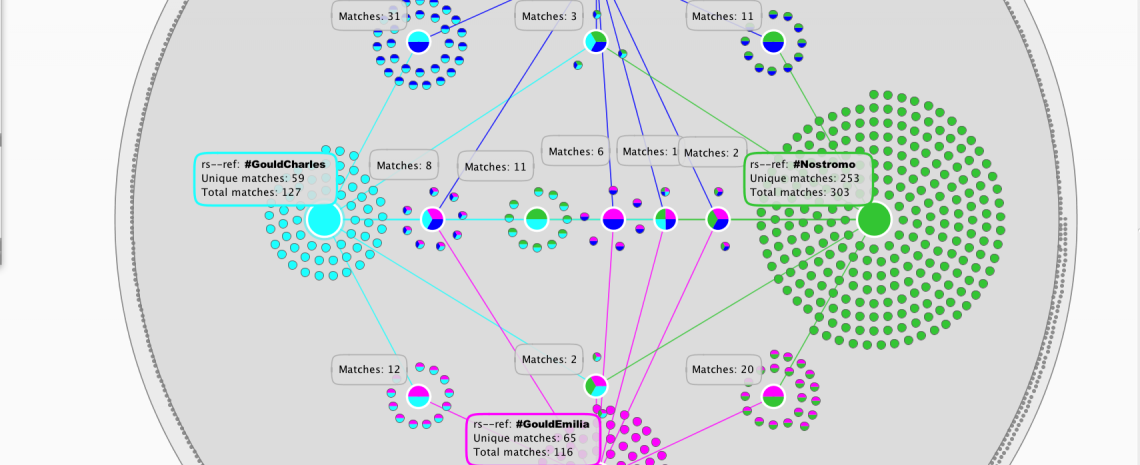Hello! My name is Katie Tanigawa, and I am a first year PhD student at the University of Victoria working on the Modernist Versions Project (MVP). Alongside Stephen Ross, Jentery Sayers, Matthew Huculak, Martin Holmes, and Julian Gunn, I am currently encoding two author-edited editions of Joseph Conrad’s Nostromo: the serial published in thirty-six installments in T.P.’s Weekly (January- October 1904) and the subsequent volume edition published by Harper Brothers (October 1904). Place names, character names and references as well as speech are tagged in both texts using TEI (a standard for the use of extensible markup language, XML). The ultimate aim of the project is to version these two witness texts to reveal meaningful differences between the revisions, especially in relation to character names, speech, and location.
Nostromo arose as a prime text to work with because of the detailed but progressive changes in names, places, and speech, and the quantitatively substantial additions and omissions between the texts (including a 20,000 word addition that appears at the end of the Harper’s edition of the text). Cedric Watts and Xavier Brice write extensively about these changes between Nostromo editions. The project will build upon the scholarship of Watts and Brice with the aim of revealing relationships with each text and between both texts hitherto difficult to record and analyse without the use of versioning and visualization tools.
Below is an image, generated by inputting the TEI-marked-up text into the Mandala Browser, a visualization tool that utilizes algorithms to determine relationships within both plain text documents and TEI encoded texts. What the Mandala Browser does that standalone markup does not is show the relationships between the marked-up content in a meaningful and easy-to-view manner. The example below is a visualization that processes the following data from the markup of Part III of the Harper edition: the number of instances wherein Emilia Gould, Charles Gould, and Nostromo are mentioned in the same paragraph as the San Tomé mine. By visualizing the relationships between characters and places, questions such as whether there is a progressive difference in Nostromo’s, Charles’, and Emilia’s relations to the San Tomé mine (across the two editions) can be explored much more readily than without these tools.
Another one of the of the aims of this project is to make my methods and interpretations as transparent as possible. This includes documenting my editorial decisions (e.g. what is tagged and why), my mistakes, and changes made throughout the project. I hope that through such transparency I am able to engage with digital humanities and textual studies communities in discussions about best practices for both versioning and computationally driven interpretations of texts. As the year progresses, I look forward to learning from the ever-expanding community of digital humanities scholars.
Post by Katie Tanigawa, attached to the ModVers project, with the versioning tag. Featured images for this post care of the Mandala browser, at mandala.humviz.org.



